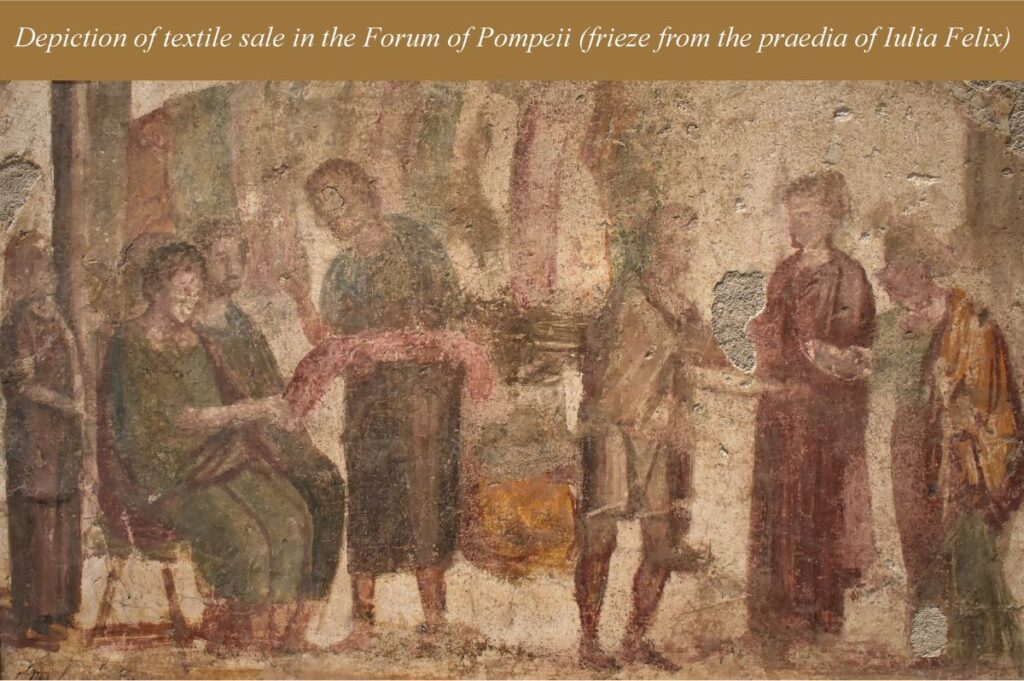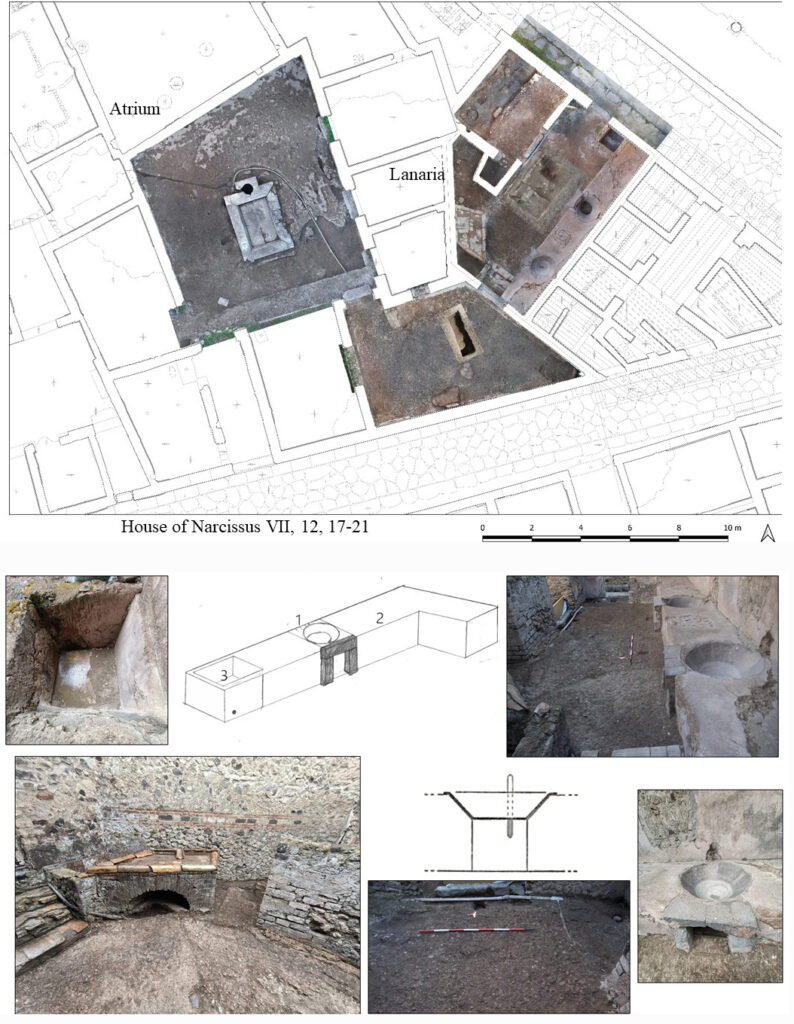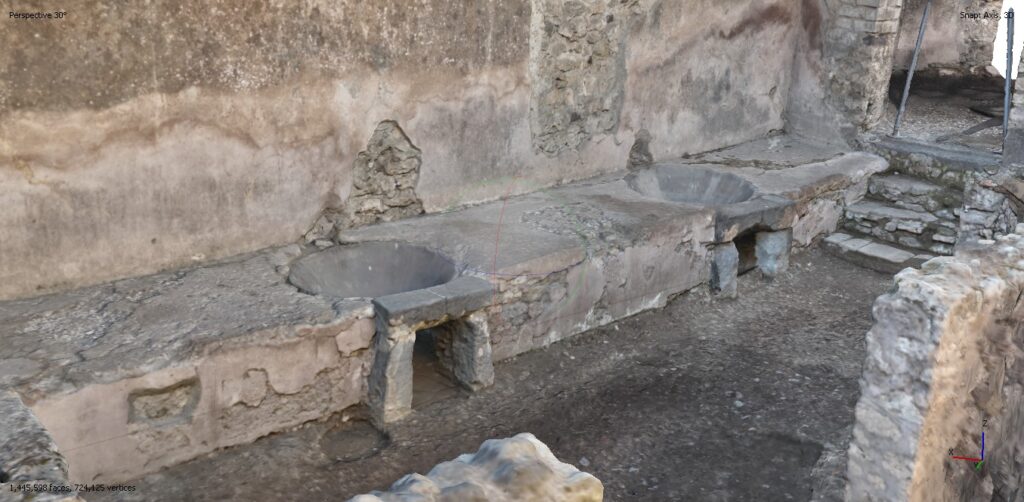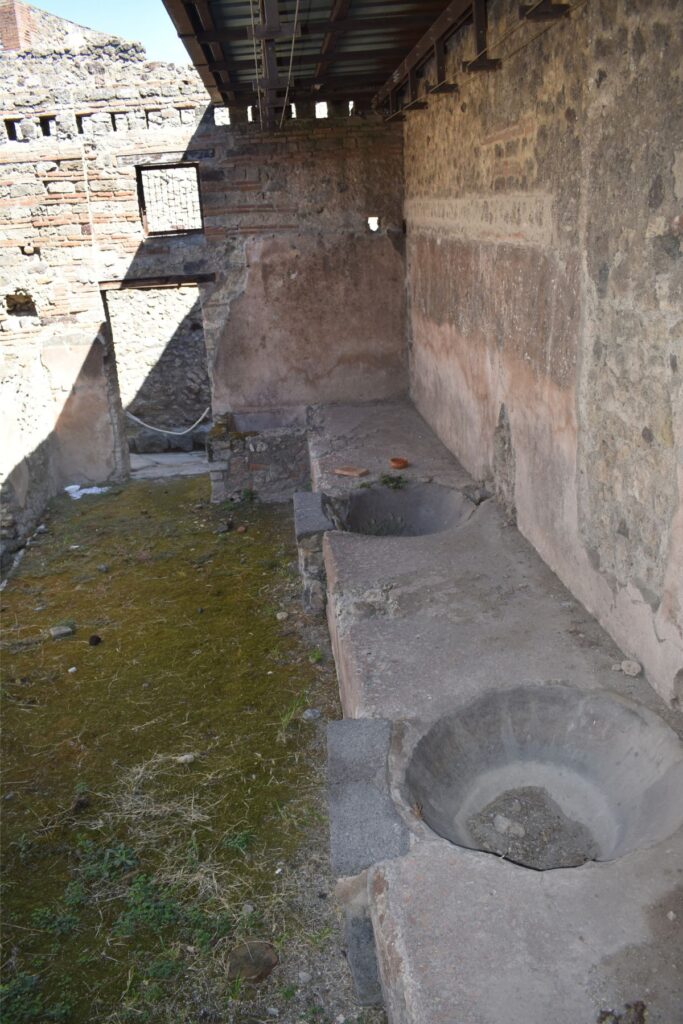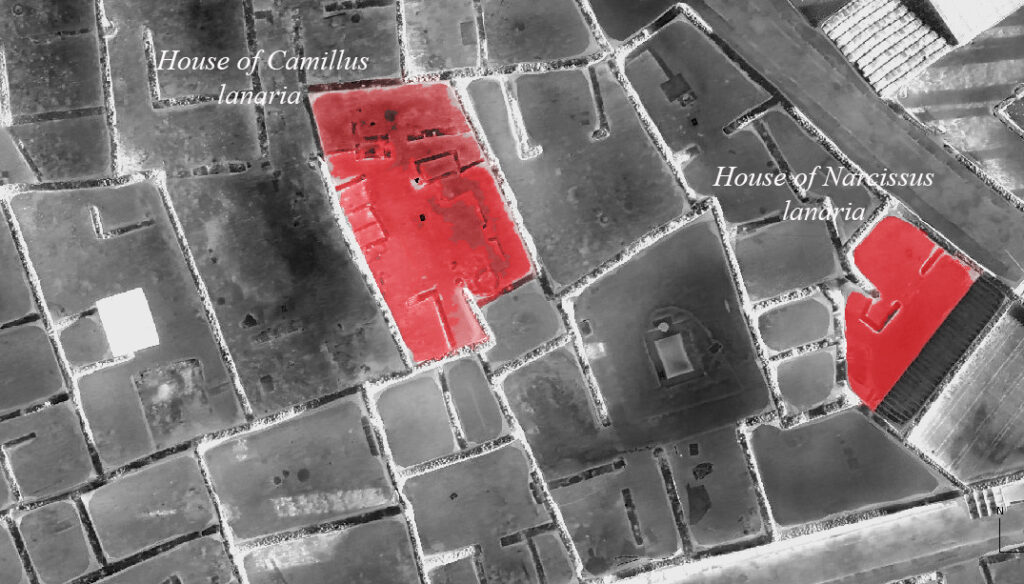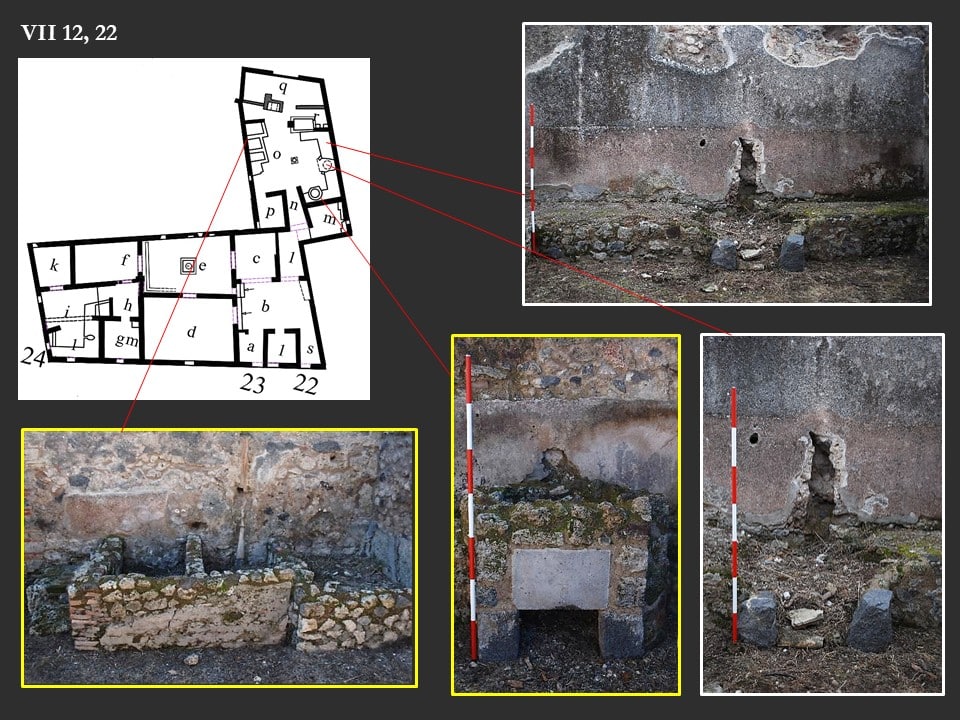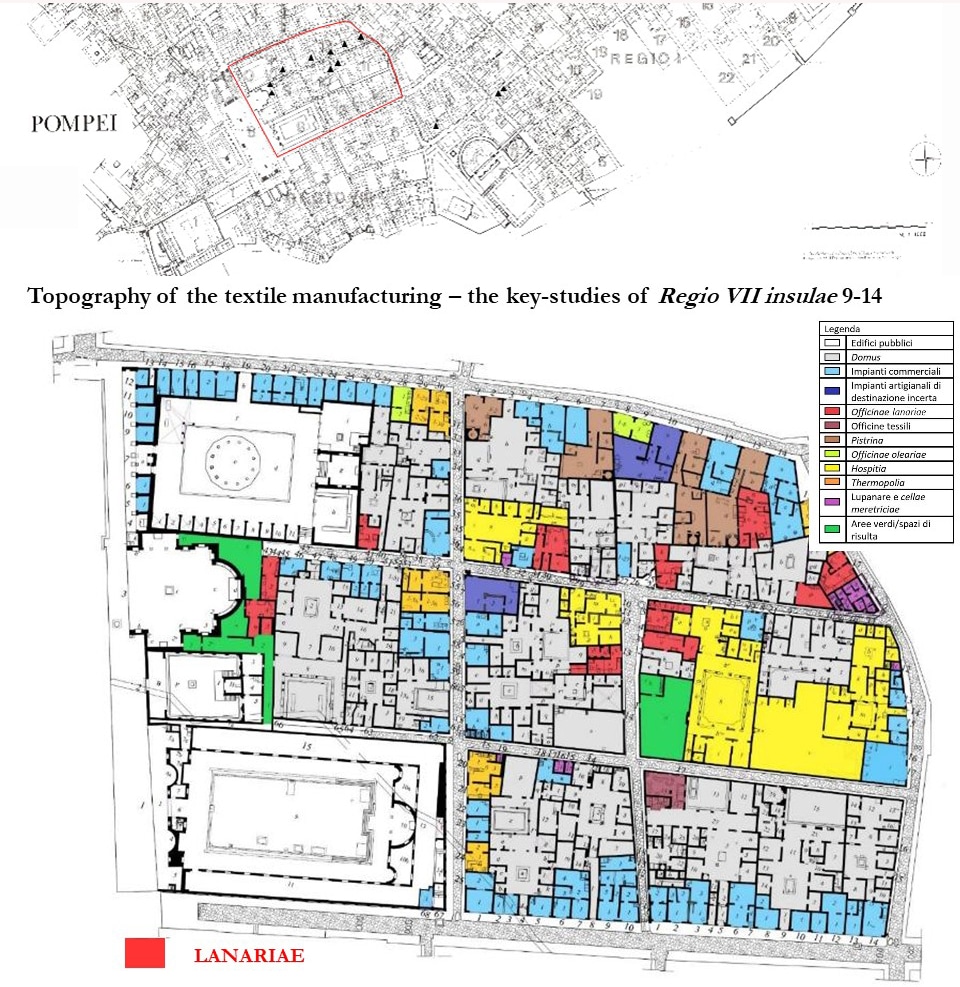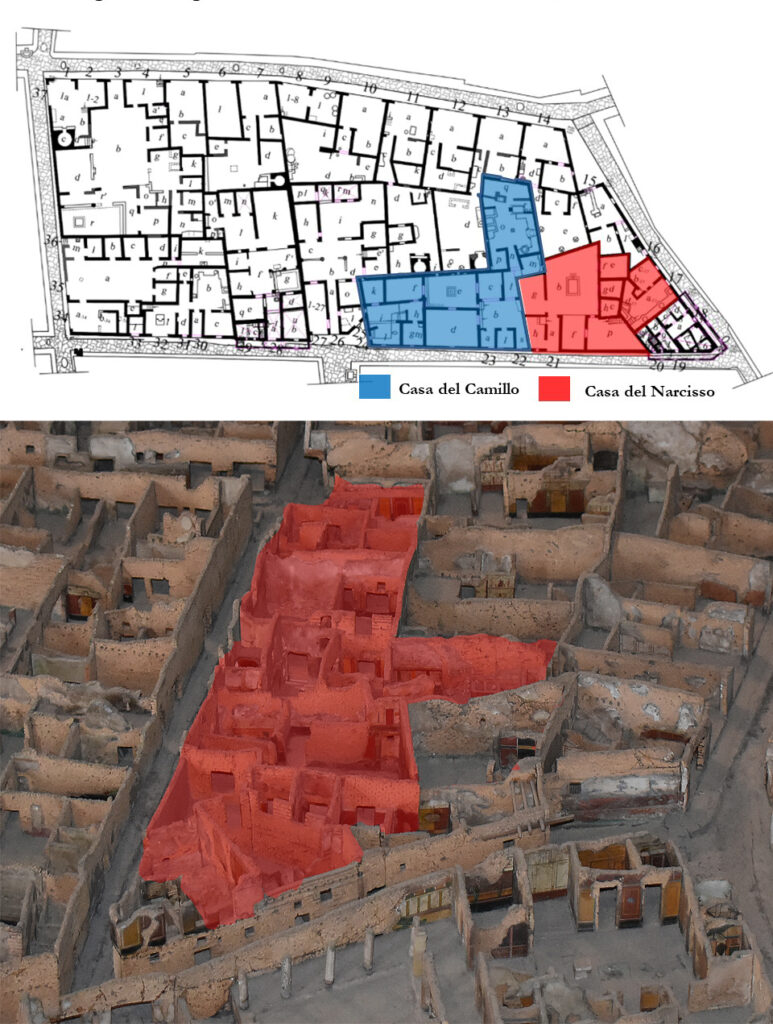Textile Heritage of the Roman Empire
DIGITEX-ROMA - A TRANSDISCIPLINARY PROJECT DEDICATED TO THE STUDY, CONSERVATION, AND DIGITAL ENHANCEMENT OF THE TEXTILE HERITAGE OF THE ROMAN EMPIRE
Exploring the Roman Empire Through Its Textile Heritage: The textile culture of the Roman Empire represents a research field with exceptionally high scientific and technological potential. Ancient textiles are not only material witnesses of technical and artistic practices, but also essential keys to understanding long-term economic, social, and cultural dynamics. Textiles are highly informative not only for the reconstruction of Roman daily life but also for the analysis of ancient economies. During the Roman Empire, production, trade, and exchange reached levels of globalisation unprecedented in Europe, encompassing all regions of Europe, North Africa, and Asia, extending as far as China via the Silk Roads (Galli 2017). Particularly emblematic are the evidences of textile culture and the extraordinary collections of archaeological textiles preserved at the two sites of Pompeii and Herculaneum (Fig. 01).
DIGITEX-ROMA is a transdisciplinary project dedicated to the study, conservation, and digital enhancement of the textile heritage of the Roman Empire. Coordinated by the A3TEX Sapienza Research Center Archaeology & Archaeometry of Ancient Textile, in collaboration with the Archaeological Parks of Pompeii and Herculaneum and other strategic partners (Centro di Restauro La Venaria Reale, Turin; Winckelmann Institute for Archaeology, Humboldt University, Berlin), the project seeks to address the critical need for an integrated approach to Roman textile culture through archaeology, archaeometry, material culture, and advanced digitisation.
Expandere Conscientiae Lumen Grant now supports Phase 1 (July – December 2025), which focuses on the first of the project’s three main axes, namely Archaeological Contexts and Textile Material Culture. In this perspective, Pompeii represents a unique context to carry out investigations not only of finished products and tools, but also of production settings. The distribution map (fig. 02) shows the high concentration in Regio VII (in red) of artisanal installations definable as lanariae.
The Expandere Conscientiae Lumen Grant will enable the investigation of the domus-officinae (VII 12, 17–24) known as the House of Camillus and the House of Narcissus (fig. 03), aiming to contextualise the production sequence and reconstruct the textile workshops. Thanks to a new assessment of archaeological and historical data, both archaeological contexts are ideal for understanding the role of domestic production and, more generally, the social impact of textile manufacturing.
69000
The two complexes of the House of Narcissus (VII 12, 17–21) and the House of Camillus (VII 12, 22–24) were brought to light between 1862 and 1863. Both dwellings, along with their respective workshops, have been considered by various scholars to be associated with textile production in Pompeii. The three craft installations present within the two houses will be studied by the research team of Sapienza University of Rome, coordinated by Professor Marco Gall. However, these two complexes have never been the subject of specific and in-depth archaeological investigations.
The House of Narcissus is situated in the southeastern part of the insula and is divided into two zones: a residential area (fig. 04 atrium) and an artisanal area (fig. 04 lanaria), centered around a textile workshop with an entrance at No. 17 (fig. 05). The house and its associated textile facility — where lead cauldrons are still preserved in situ — underwent restoration after the seismic event of 62 CE, in conjunction with the adjacent house (VII 12, 22–24).
The House of Camillus is located in the southern sector of the insula and is divided into three zones: one residential area (rooms a–h, m) and two areas with artisanal functions, defined by two textile workshops located in the eastern and western sectors of the house (rooms i–l; n–r).
The archaeological investigation campaign planned for September–October 2025 aims to bring to light in the large room n–r (fig. 06) the complex artisanal installation composed of vats, counters, and, as also seen in the House of Narcissus, a series of cauldrons.
The investigation of these contexts pursues the following primary objectives:
a) the reconstruction of the occupational phases of the domus and their three workshops;
b) the reconstruction of the operational mechanisms of the three artisanal installations;
c) more generally, the reconstruction of a topography of artisanal activity in the neighbourhood located behind the Forum of Pompeii.
Thanks to the excellent state of preservation of the archaeological remains, the two domus-officinae of Narcissus and Camillus and their internal production facilities represent significant evidence of widespread craft activity in Pompeii.
Participants
A3TEX Sapienza Research Center:
Marco Galli, Principal Investigator
Collaborators:
– Giacomo Casa
– Francesca Coletti
– Laura Ebanista
– Federico Giletti
– Alessandro Jaia
– Ivana Montali
Parco Archeologico di Pompei:
Gabriel Zuchtriegel, Director
Collaborators:
– Valeria Amoretti
– Alessandro Russo
– Antonino Russo
– Giuseppe Scarpati
Winckelmann Institute for Archaeology, Humboldt University, Berlin:
Susanne Muth, Principal Investigator Pompeii Reset: Digitale Dokumentation und Rekonstruktion der verlorenen Stadt
Collaborators:
– Dirk Mariaschk
– Elis Ruhemann
Selected Bibliography
Coletti F., Galli M. 2021 I calchi per lo studio della cultura tessile a Pompei, in I calchi di Pompei da Fiorelli a oggi, Roma, 161-199
Forte V., Coletti F., Lemorini C. 2019 The contribution of experimental archaeology in addressing the analysis of residues on spindle-whorls, EXARC Journal 5 (online)
Galli M. 2017 Beyond frontiers: Ancient Rome and the Eurasian trade networks, Journal of Eurasian Studies 8, 2017, 3-9
Galli M. et al. 2017 Auf den Spuren antiker Textilkultur. Restauro 4, 40-45
Galli M. et al. 2018 The textile culture at Pompeii, in Purpureae Vestes 6, Valencia, 267-85
Galli M. et al. 2020 Archeologia e archeometria del tessuto antico: un gruppo di manufatti aurei dall’area vesuviana, ScAnt, 26, 2020, 205–23
Galli M., Coletti F., Casa G. 2019 Cultura tessile a Pompei: i tessuti e gli impianti per la lavorazione della lana (lanariae). Analysis Archaeologica 5, 275-84.


